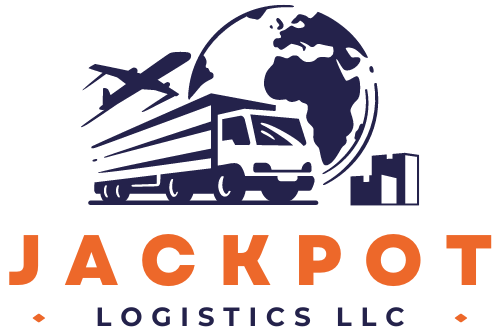In today’s fast-paced business environment, a streamlined and efficient supply chain is no longer a luxury – it’s a necessity. Consumers expect rapid delivery and transparent tracking, while businesses grapple with rising costs and unpredictable disruptions. Optimizing your supply chain isn’t just about moving goods; it’s about gaining a competitive edge.
This blog post explores five key strategies to optimize your supply chain for increased efficiency, cost savings, and improved customer satisfaction.
1. Embrace Data and Analytics
Data is the lifeblood of a modern supply chain. By leveraging data analytics, you can gain valuable insights into your operations, identify bottlenecks, and make data-driven decisions to optimize processes.
Here’s how:
- Inventory Management: Track inventory levels in real-time to avoid stockouts or overstocking. Predictive analytics can help you forecast demand and optimize stock levels based on historical data and seasonal trends.
- Route Optimization: Analyze transportation data to identify the most efficient routes for your deliveries. This can involve factors like traffic patterns, fuel consumption, and driver availability, leading to faster deliveries and reduced transportation costs.
- Performance Monitoring: Track key metrics like order fulfillment times, delivery lead times, and warehouse efficiency. Monitoring these metrics allows you to identify areas for improvement and measure the effectiveness of implemented changes.
2. Invest in Warehouse Automation
Warehouse automation can significantly impact your supply chain efficiency. Technologies like automated storage and retrieval systems (AS/RS), conveyor belts, and barcode scanners can streamline picking, packing, and shipping processes.
Benefits of warehouse automation:
- Increased Throughput: Automate repetitive tasks to improve processing speeds and handle a higher volume of orders.
- Reduced Errors: Minimize picking and packing errors through barcode scanning and automated systems, ensuring accurate and timely deliveries.
- Improved Safety: Reduce manual handling of heavy or bulky items, promoting a safer work environment for your warehouse staff.
3. Forge Strong Partnerships
Building strong relationships with your suppliers and carriers is crucial for supply chain optimization. Collaborate with suppliers to ensure on-time deliveries and transparent communication regarding potential delays. Partner with reliable carriers who offer competitive rates, diverse shipping options, and real-time tracking capabilities.
4. Embrace Flexibility and Agility
The world is filled with unforeseen circumstances. Disruptions, like natural disasters or global pandemics, can significantly impact supply chains. Building a flexible and agile supply chain allows you to adapt quickly to changing conditions.
- Diversification: Don’t rely on a single source for materials or a single transportation route. Diversifying your suppliers and carriers mitigates risk and ensures business continuity in case of disruptions.
- Contingency Planning: Develop contingency plans to address potential disruptions. This could involve having alternative suppliers or pre-negotiated transportation options to minimize delays.
- Advanced Technology: Implement technologies that provide real-time visibility and control over your supply chain. This allows you to quickly identify and react to unforeseen challenges.
5. Continuous Improvement
Supply chain optimization is an ongoing process. Regularly evaluate your performance, identify areas for improvement, and implement changes to further streamline your operations. Encourage a culture of continuous improvement within your organization, fostering employee engagement and a commitment to finding better ways of doing things.
